Located in the Northeast Himalayas, the Kibber Wildlife Sanctuary has it all for people interested in nature and animals. This reserve in Himachal Pradesh spans over 2,220 sq km and includes the icy deserts, monasteries, and snow-capped mountains. Kibber, a cold desert mountain valley in India, is home to exotic high-altitude wildlife like the snow leopard, ibex, blue sheep, red fox, Tibetan wolf, golden eagle, and lammergeier. Due to its untouched aesthetic sceneries and serenity, the terrace of the sanctuary has become famous for treks, bird watching, and viewing the grandeur of Himalayan biodiversity.
Kibber Wildlife Sanctuary Location
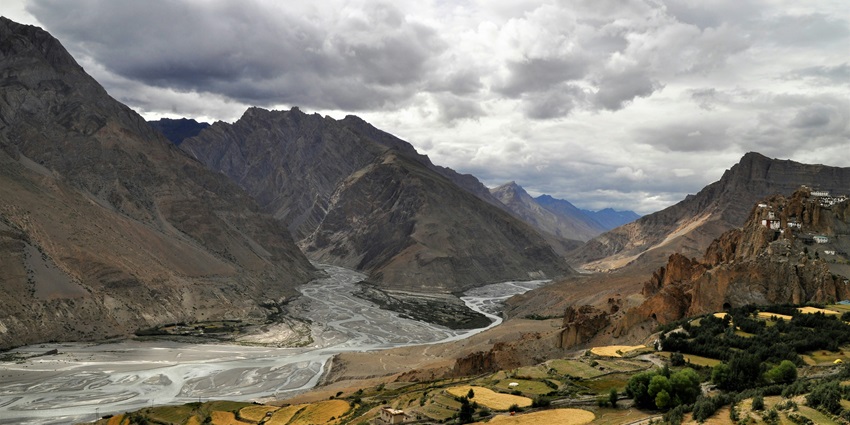
Photo: Nomad Bikers / Unsplash
Located in the Spiti Valley of India, Kibber is a village that serves as a base for the Kibber Wildlife Sanctuary and the local monastery. The village is at an elevation of 19 km from Kaza and is connected to Kaza through a bus service. The entire area is suitable for mountaineering and trekking, with facilities for guesthouses and homestay arrangements where visitors can experience warm local hospitality.
Suggested Read: Best Places To Visit In Spiti To Explore The Pristine Nature
How To Reach Kibber Wildlife Sanctuary
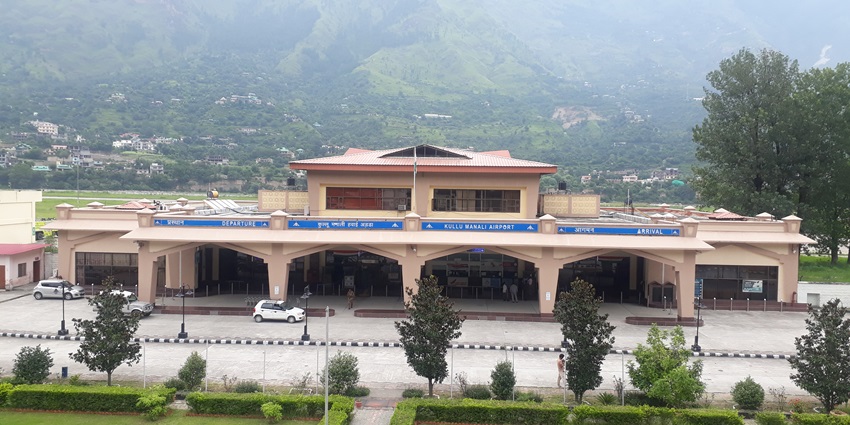
Photo: Pinakpani / Wikimedia Commons
The Kibber Wildlife Sanctuary can be easily accessible by road, rail, and air.
By Road: The sanctuary is located at a distance of 49.3 kilometres from Himachal Pradesh and 19 Kilometres from Khaza. Visitors can reach by car, taxi, or bus.
By Rail: The sanctuary is situated at a distance of 541.9 Kilometres from Joginder Nagar Railway Station. Tourists can easily reach by hiring a car or taxi.
By Air: The sanctuary is nestled at a distance of 457.9 Kilometres from Bhuntar Airport. Travellers can reach by car, taxi, or bus.
Places To Visit In And Around Kibber Wildlife Sanctuary
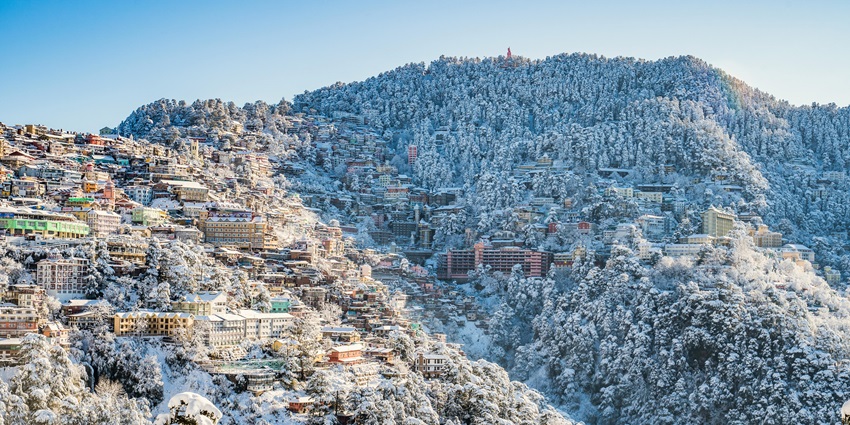
Photo: shalender kumar / Pexels / Image For Representation Only
Explore these intriguing attractions in and around the Kibber Wildlife Sanctuary.
1. Hikkim Village
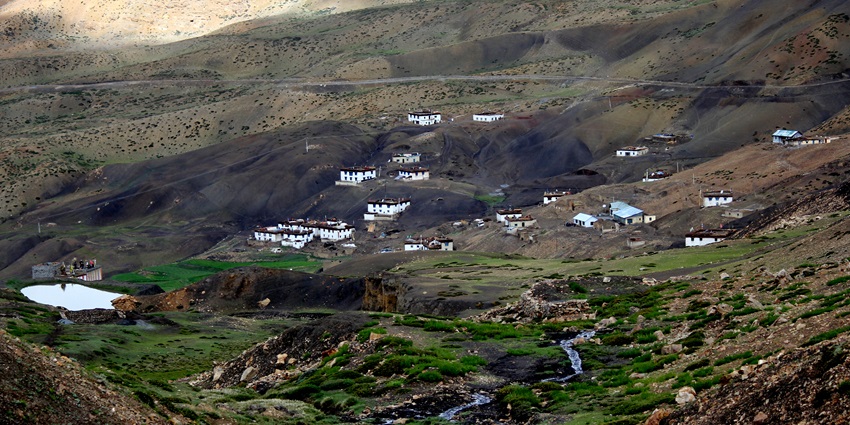
Photo: Sumita Roy Dutta / Wikimedia Commons
Hikkim is one of the highest permanently inhabited locations in India. It is a village in Himachal Pradesh with residences ranging from 4330 to 4400 metres, and most of the population is Buddhist. Stone and wood are widely used for construction because they protect people from strong, cold winds. Because of the high altitude, this village remains covered in snow for some time during the year.
Things To Do: Sightseeing, Photography
Entry Fee: Varies by attraction
Suggested Read: Top Offbeat Places In Himachal Pradesh For Fresh Mountain Air
2. Langza Village
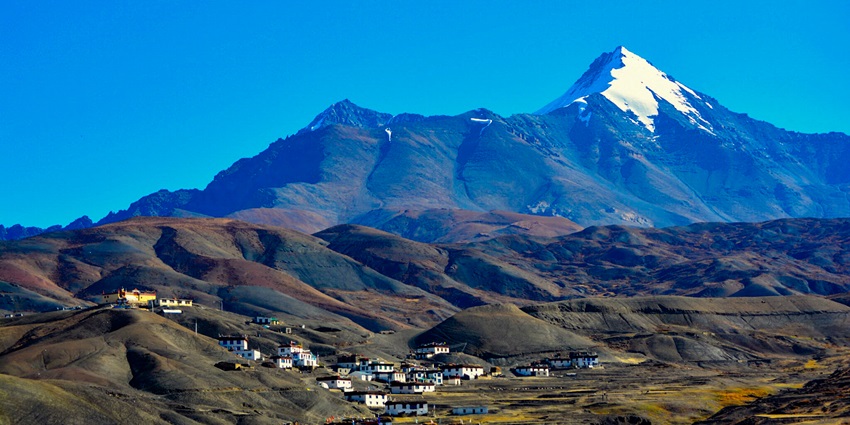
Photo: Madhumita Das / Wikimedia Commons
Langza Village is located at an altitude of 4400 metres with 137 people who depend on agriculture and business and produces different crafts and vessels. It also contains an ancient temple that works as the headquarters of Spiti Valley deities. This village contains a statue of Lord Buddha, an ancient monastery, and mud houses. This offers high-altitude lakes, mountaineering, and trekking. Fossils of marine animals and plants are abundant here, making it a perfect place for geologists and anthropologists to study and explore.
Things To Do: Trekking, Hiking
Entry Fee: Varies by attraction
3. Key Monastery
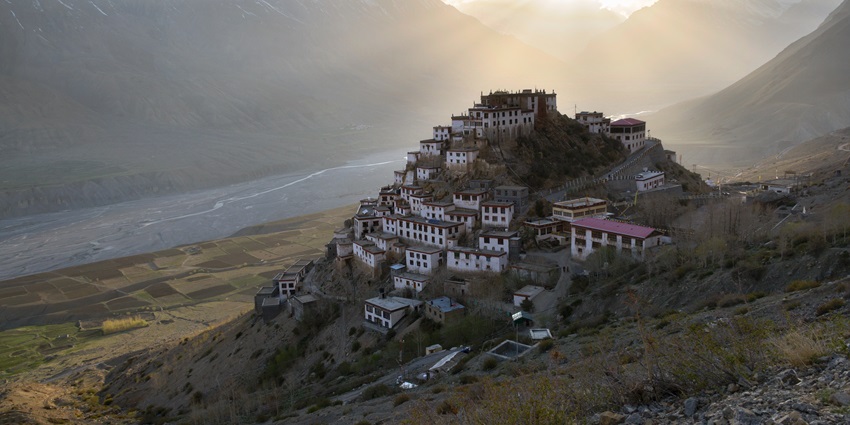
Photo: Prasad Gaude / Wikimedia Commons
Key Monastery, also known as Key Gompa, is a Tibetan Buddhist Monastery situated in the Spiti Valley, Himachal Pradesh. The monastery belongs to the Gelugpa sect of Tibetan Buddhism and is dedicated to Lochen Tulku. This Monastery is located amidst the marvellous Himalayan Mountains and is considered one of the oldest Monasteries in Himachal Pradesh. The Monastery is well-built, and it contains beautiful artistic works in the form of murals, thus offering worshippers more opportunities to explore.
Timings: 7 AM – 7 PM
Entry Fee: Free
Suggested Read: Spiti Monasteries You Should Explore On Your Next Trip To Himachal Pradesh
4. Kaza
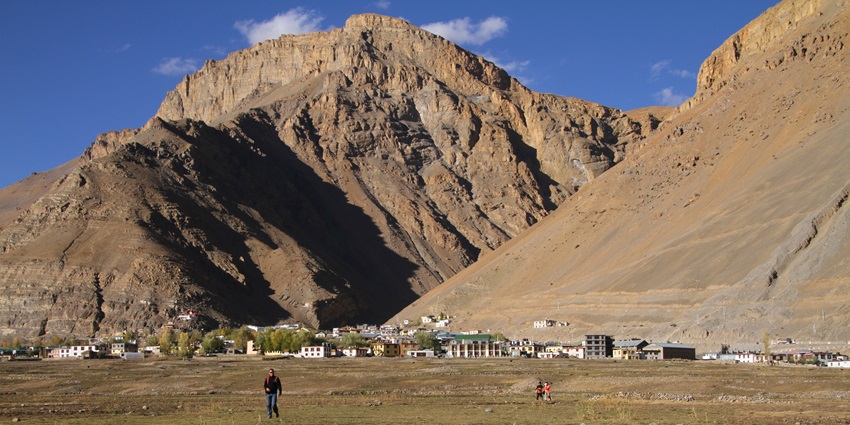
Photo: Gerd Eichmann / Wikimedia Commons
Kaza is located in the Trans-Himalayan region of India and is the largest and most developed town in the Spiti Valley of Eastern Himachal Pradesh. The road to this place often gets closed due to frequent landslides, but it can be reached from Manali and Shimla. Private MUVs are recommended to visit this place and reach Kaza. It has a regular bus service from the Himachal Road Transport Corporation, connecting Kaza with Manali and Reckong Peo.
Things To Do: Trekking, Camping
Entry Fee: Varies by attraction
5. Spiti Valley

Photo: Kashish Lamba / Unsplash
Spiti, a stunning cold desert valley in Himachal Pradesh, is a popular destination for nature lovers seeking solitude. Bordered by Ladakh, Tibet, Kinnaur, and Kullu valley, it boasts monasteries, green meadows, pine forests, and inhabited villages. At an altitude of 12,500 ft, the barren mountains change colours constantly, making it a sight to behold. Visitors can explore Buddhist monasteries, Dhadkan, and Chandratal lakes and enjoy adventurous activities like hiking, rappelling, and camping. Spiti experiences extreme cold temperatures throughout the year, with summer being the most pleasant, while winters are spine-chilling and monsoons are frequented by heavy rainfall and landslides.
Things To Do: Rappelling, Hiking
Entry Fee: Varies by attraction
Suggested Read: Trekking In Great Himalayan National Park
Where To Stay
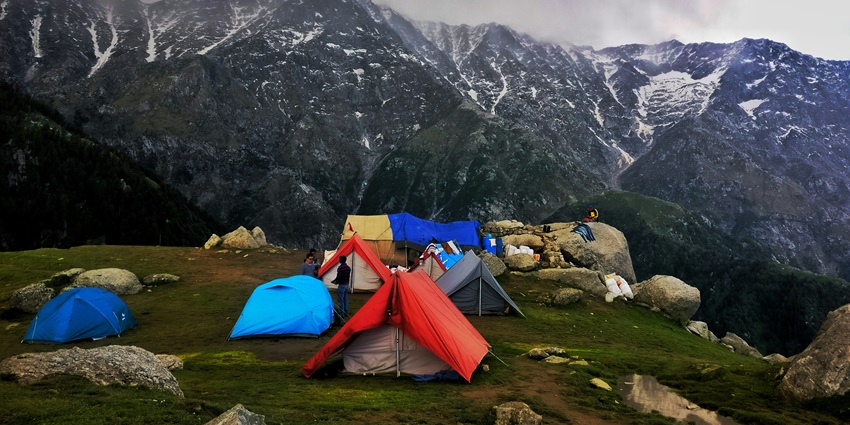
Photo: Rishabh Pandoh / Unsplash / Image For Representation Only
Consider staying near Kibber Wildlife Sanctuary in Himachal Pradesh in the following central town. There are options to suit all budgets, from cosy guesthouses like Eden Spiti Homestay, SpitiDiaries Homestay, Hotel Himalayan Hermitage, Zostel Spiti, and Tethys Himalayan Den-Chicham. These lodgings give convenient access to the sanctuary and various facilities, such as comfortable rooms, local food, and breathtaking views of the surrounding mountains.
Where To Eat

Photo: Thomas balabaud / Pexels / Image For Representation Only
Spiti Valley, near Kibber Wildlife Sanctuary, has a variety of food alternatives. Visitors can have their lunch at Zostel Homes Kibber, TashiZom Restaurant Kibber, Hotel Deyzor & Restaurant, Cafe Piti, Key Cafe & Restaurant, Zambala Hotel & Restaurant, and Sanju Food Corner. Each location has a distinct menu and a cosy setting, offering a pleasant lunch after a day of exploring.
Suggested Read: Explore The Natural Beauty Of Chandratal Wildlife Sanctuary In Himachal Pradesh
Best Time To Visit
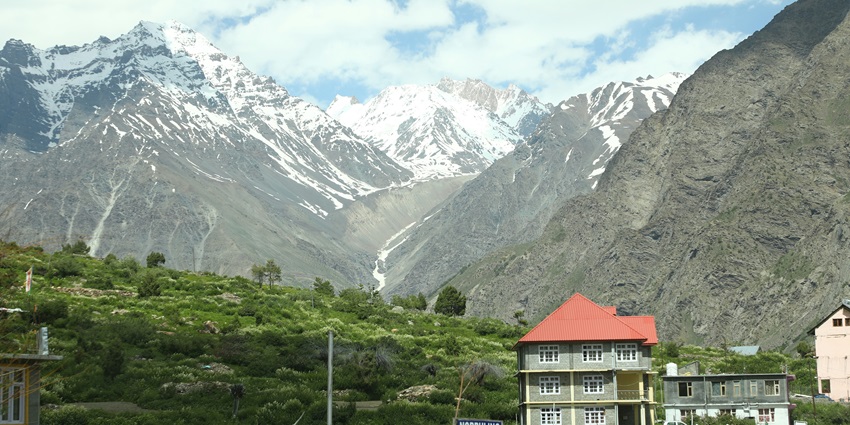
The best time to visit Kibber Wildlife Sanctuary is from May to July because the weather is lovely, and animal viewing is ideal.
Other Factors To Consider
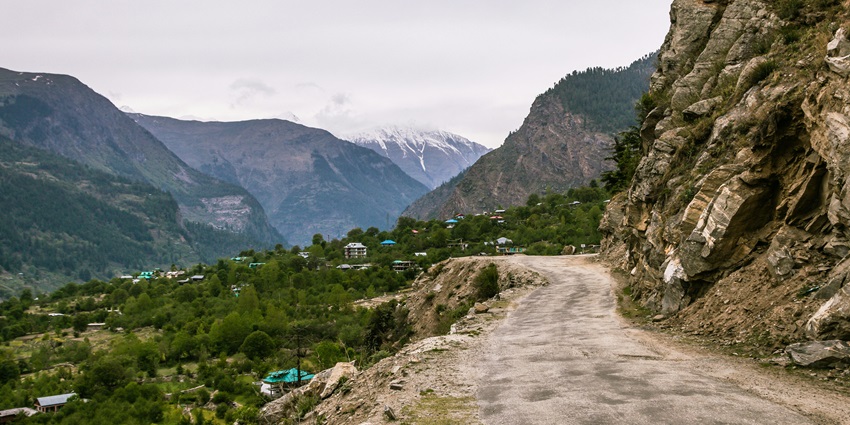
Photo: Saurav Kundu / Unsplash / Image For Representation Only
Average Cost Of The Trip
The Kibber Wildlife Sanctuary ticket price typically ranges from ₹3,000 to ₹5,000 per person per day, which includes transit from Spiti Valley, hotel, and admission fees. This estimate includes transportation, housing in low- to mid-cost hotels, and essential meal expenditures. The trip cost to Kibber Wildlife Sanctuary might vary depending on your vacation style, kind of lodging, and extra activities.
Tips For The Travellers
- The weather can be cool, especially at higher elevations, so bring layered clothing and warm gear.
- Some rural regions may not take credit cards, so bring enough cash for small purchases.
- To avoid altitude sickness, acclimatise to higher elevations gradually.
- Ensure you have the proper permits for entering protected regions and high-altitude places.
- Keep a safe distance from animals and don’t feed them.
- Do not disturb wildlife while clicking photos at Kibber Wildlife Sanctuary.
- Be aware of local customs and traditions, especially while visiting religious places.
- Drink lots of water to stay hydrated, especially at higher elevations.
- Consider obtaining travel insurance to cover health, accidents, and trip cancellations.
Suggested Read: Wildlife Sanctuaries In Himachal Pradesh To Visit On Your Upcoming Trip
Kibber Wildlife Sanctuary provides a beautiful experience with breathtaking scenery, diversified fauna, and a tranquil ambience. It promises an excellent trip for environment enthusiasts, with activities ranging from trekking and birding to visiting neighbouring landmarks. Consider booking your trip with TripXL, your reliable partner in creating flawless experiences for a seamless and wonderful experience. Visit TripXL’s website to begin planning your next journey now.
Cover Photo: Pixabay / Pexels / Image For Representation Only


 WhatsApp
WhatsApp
 Twitter
Twitter









